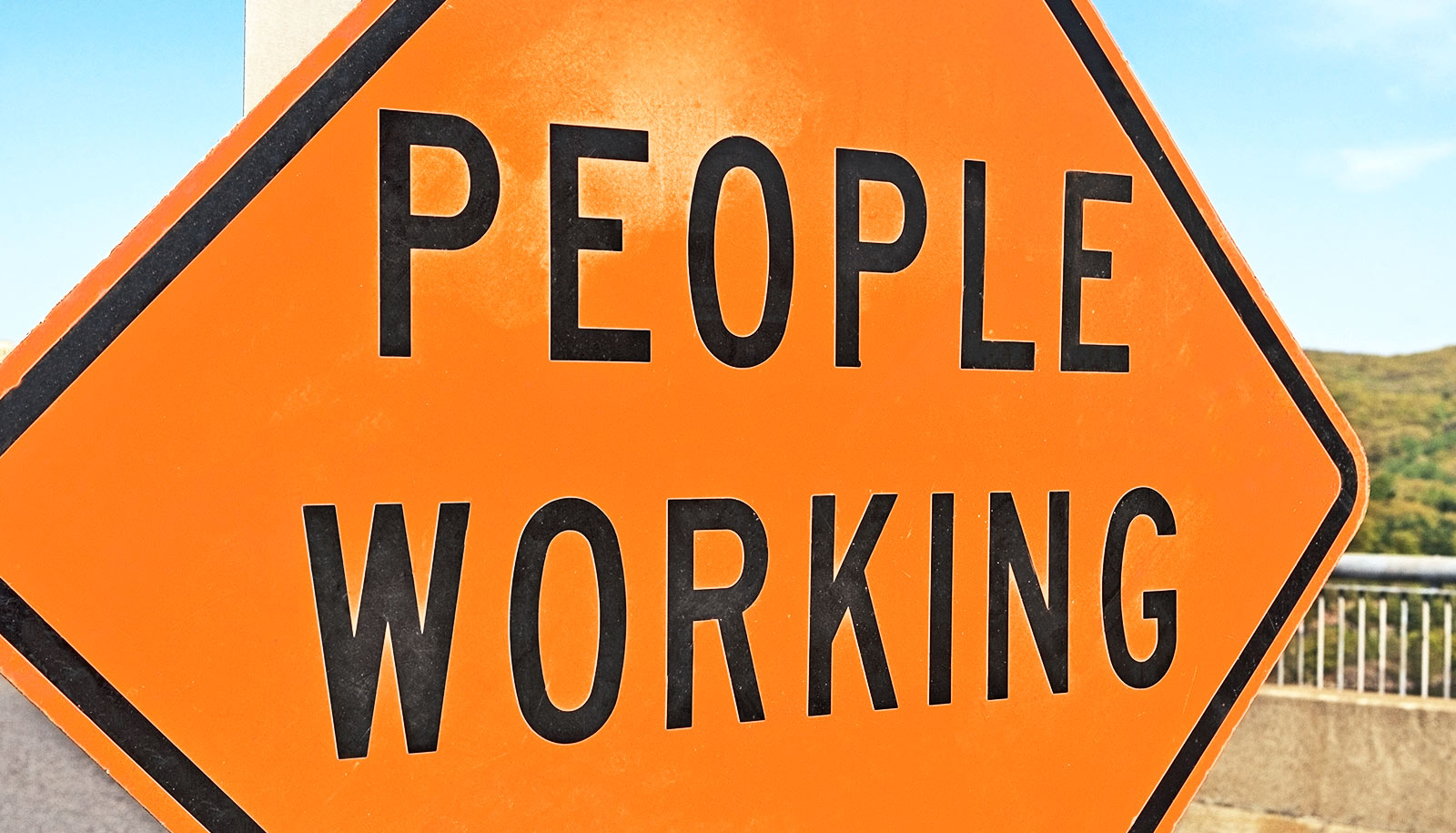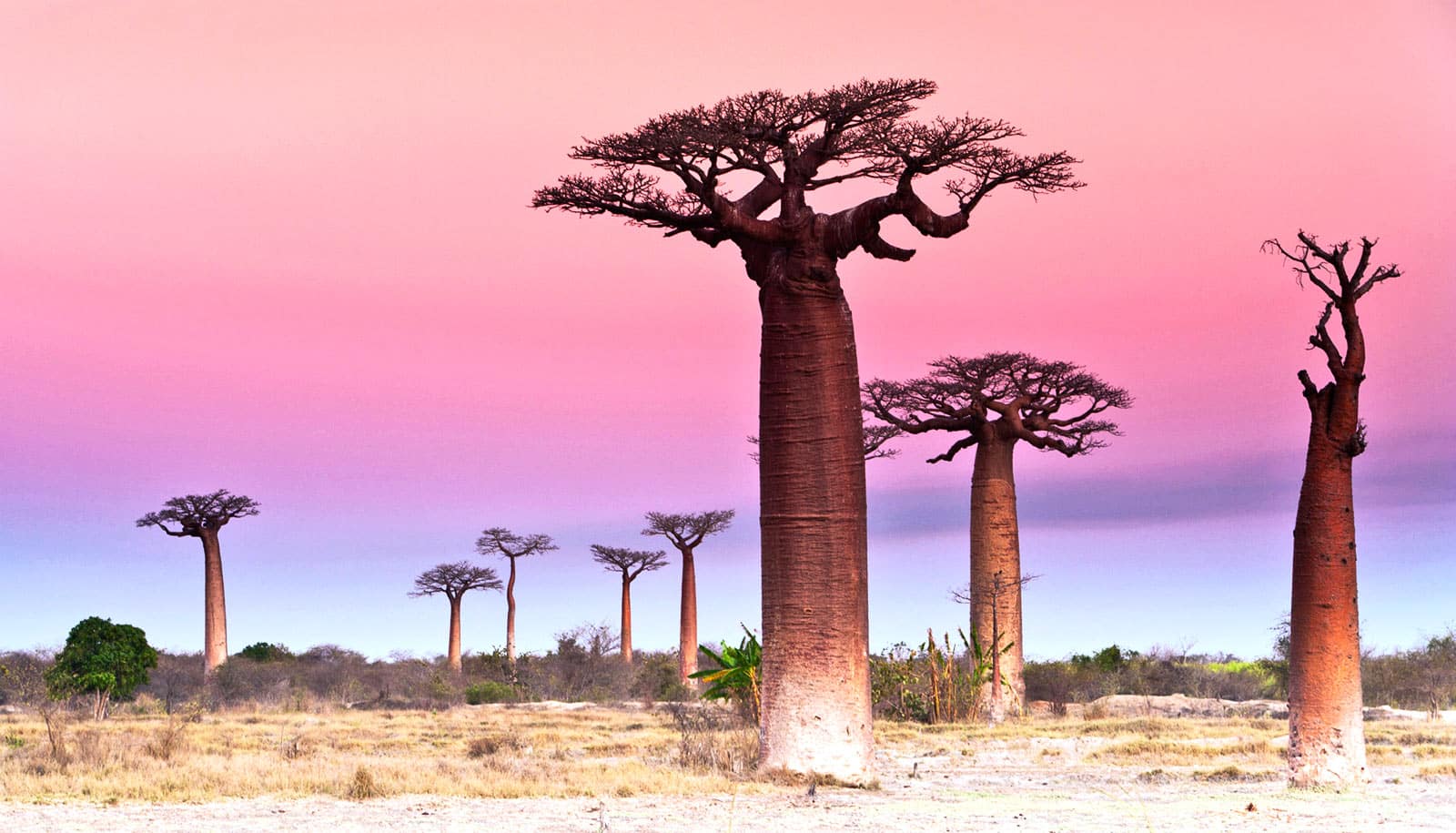When Madagascar’s early inhabitants moved into a new area, they made it better for human living, researchers report.
The researchers used a machine learning algorithm that can scour through remote sensing data, such as satellite imagery, to look for signs of human settlements.
This finding offers further evidence for a theory that predicts that as people move from resource-rich areas to less suitable sites, they tend to improve the land for their communities.
The Allee effect in Madagascar
“We have a baseline assumption that people start in the most preferable areas with access to the best resources and, as that degrades and populations expand, they’ll move to less suitable areas,” says Kristina Douglass, assistant professor of anthropology at Penn State.
“We actually found some evidence that there was a concentration in the medium suitability areas, which might be evidence of what ecologists and anthropologists refer to as an Allee effect, although this is something that we still have to confirm.”
“It is one of the places on earth that has generated a huge amount of debate in archeology about some pretty basic questions…”
The Allee effect indicates that humans who live in these medium resource-rich areas may use various agricultural and land modification techniques to improve their surroundings, Douglass says.
“Over time, people are actually creating their landscape,” she says. “They’re not degrading it necessarily. They’re creating a landscape that is preferable for people.”
The effects also show the importance of social ties and social networks, according to the researchers.
“Allee effects can also indicate that closely-knit social ties kept communities together, so when areas became overcrowded, large groups would resettle in new places,” says coauthor Dylan Davis, a doctoral student in anthropology. “This means that in addition to creating the landscapes they lived on, ancient peoples were likely engaged in closely tied kinship and social networks.”
Machine learning for archeology
In addition to finding evidence for the Allee effect, Douglass says that the team also found that machine learning tools are uniquely suited to help scientists study Madagascar, which is the fourth largest island in the world and the center of perplexing archeological controversies.
“It is one of the places on earth that has generated a huge amount of debate in archeology about some pretty basic questions: When did people first get there, for example? How did all these species of large animals that used to live on the island go extinct, sometime in the last thousand years?” says Douglass.
“Archeologists have been working on Madagascar for the past 50 or 60 years and, yet, we still have little coverage overall of this very large island…”
Madagascar’s size and rugged terrain make archeological investigations expensive and time consuming, she adds.
“Archeologists have been working on Madagascar for the past 50 or 60 years and, yet, we still have little coverage overall of this very large island, in terms of sites that have been visited, regions that have been explored archeologically,” says Douglass.
“We estimate that about 75% of the island has not been explored archeologically. Counter that with all these burning questions that have stimulated debate and have not been easy to answer, it’s not surprising that we’re getting stumped on some of these big questions.”
Davis says that this study is the first in over 20 years to use satellite images to try and locate archaeological sites on Madagascar.
“The fact is that these technologies are largely untapped and important sources of information for studying the history of the island,” she says.
The researchers’ machine learning algorithm, however, can examine satellite imagery from free sources to identify areas where human inhabitation is most probable. These sites might not look much different to human archeologists who look at the terrain in photographs, says Douglass, but by focusing their efforts on high probability sites identified by the algorithm, anthropologists could concentrate their time, money and effort.
“Using this method, we were able to systematically scan over 20 square miles of land per hour,” says Davis. “This exponentially increases the rate of survey and discovery of archaeological deposits when compared to traditional ground-based methods.”
Douglass says the algorithm might be able to help archeologists and anthropologists tackle even bigger—in fact, continent-sized—challenges. For example, the algorithm could help studies of Africa, which is a massive continent with rugged terrain and, as the cradle of human civilization, the center of important anthropological questions and debates.
The researchers used freely downloadable satellite imagery from the European Space Agency’s satellite. The resolution of the imagery is not refined enough to let humans detect signs of ancient human civilization, Douglass says, but the resolution is adequate for a predictive algorithm.
The team trained the algorithm using the best theoretical assumptions on how people settle areas. The algorithm compares those theoretical assumptions with the current landscape to select high, medium, or low probability areas of evidence of human inhabitation.
Remote sensing data can also come from non-satellite sources, including footage taken from drones.
Douglass says she is excited for future research, which may include access to satellite imagery that has higher resolution.
“With higher resolution images, we may be able to identify specific traces of cultural deposits, which would reduce the time spent on walking surveys even further,” says Davis.
The research appears in the Journal of Archaeological Science. Additional researchers from the Morombe Archaeological Project and the Université de Toliara, Madagascar contributed to the work.
An Institute for Computational and Data Sciences seed grant, a Hill Fellowship award, and the PA Space Grant Consortium supported this work.
Source: Penn State


